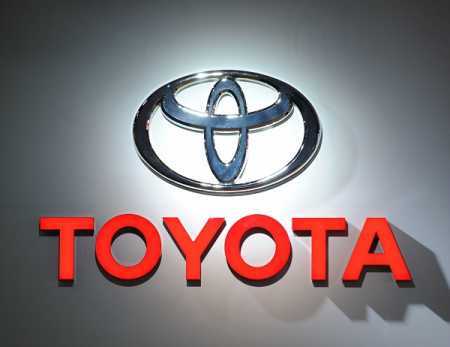|
Sun, 28 Jun, 2015 01:04:05 AM FTimes-Xinhua Report, June 28
"Toyota has added a new muscle model capable of simulating human postural states in the latest version of its Total Human Model for Safety (THUMS) virtual human model software," said the car giant in a release. "THUMS Version 5 can simulate a variety of states from relaxed to braced, thus enabling more detailed computer analysis of injuries caused by collisions," it said. Until now, THUMS was only able to simulate changes in posture post-collision. However, with THUMS Version 5's new muscle model, changes in occupant posture prior to collisions can now be simulated. This makes it possible to more accurately study the effectiveness not only of seatbelts, airbags and other safety equipment, but also of active safety technologies such as pre- collision systems. "In turn, this will lead to development of active safety technologies that better protect vehicle occupants," said Toyota. THUMS enables detailed analysis of bone fractures, severed ligaments, and other injuries that can occur during a vehicle collision, by simulating the many characteristics of various parts of the human body, from its overall shape to its bones and skin. Toyota began developing THUMS in 1997 in cooperation with Toyota Central R&D Labs, Inc. THUMS Version 1 was completed and commercially launched in 2000, followed by Version 2 in 2004, which added a face and bones to the model. Version 3, launched in 2006, added a precise brain model. Version 4, with detailed modeling of internal organs, was completed and released in 2010. Studies show that roughly half of drivers take defensive action, such as sudden braking or steering, to avoid collisions, with vehicle occupants commonly bracing themselves at the same time. Occupant posture, whether braced or relaxed has a significant effect on body movement during a collision. However, current human surrogate models used in virtual crash simulations are unable to simulate the reflexive defensive actions that humans take in the moments before an imminent collision, such as bracing one's body for impact. More News
|
|
Finland Times
| Sunday, 28 April, 2024 |


